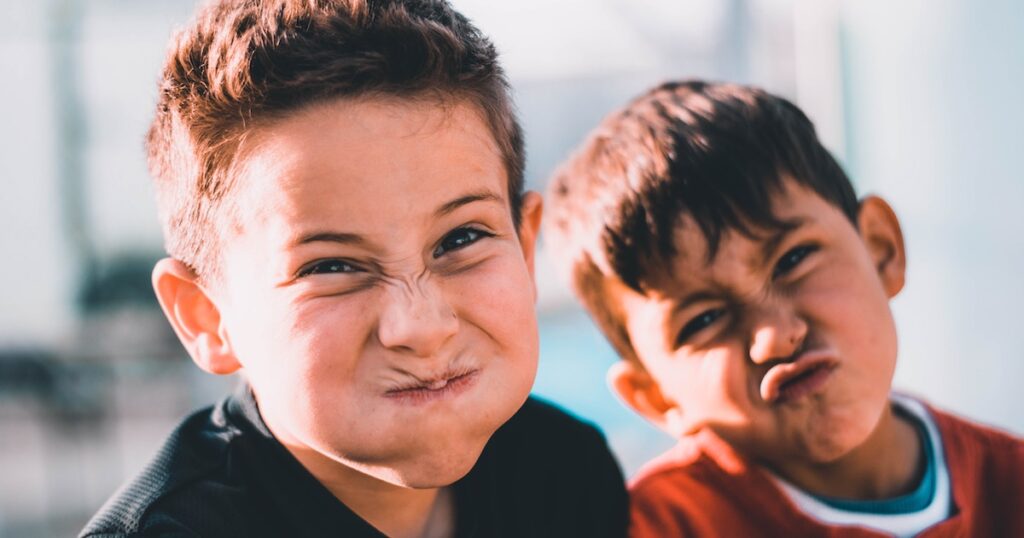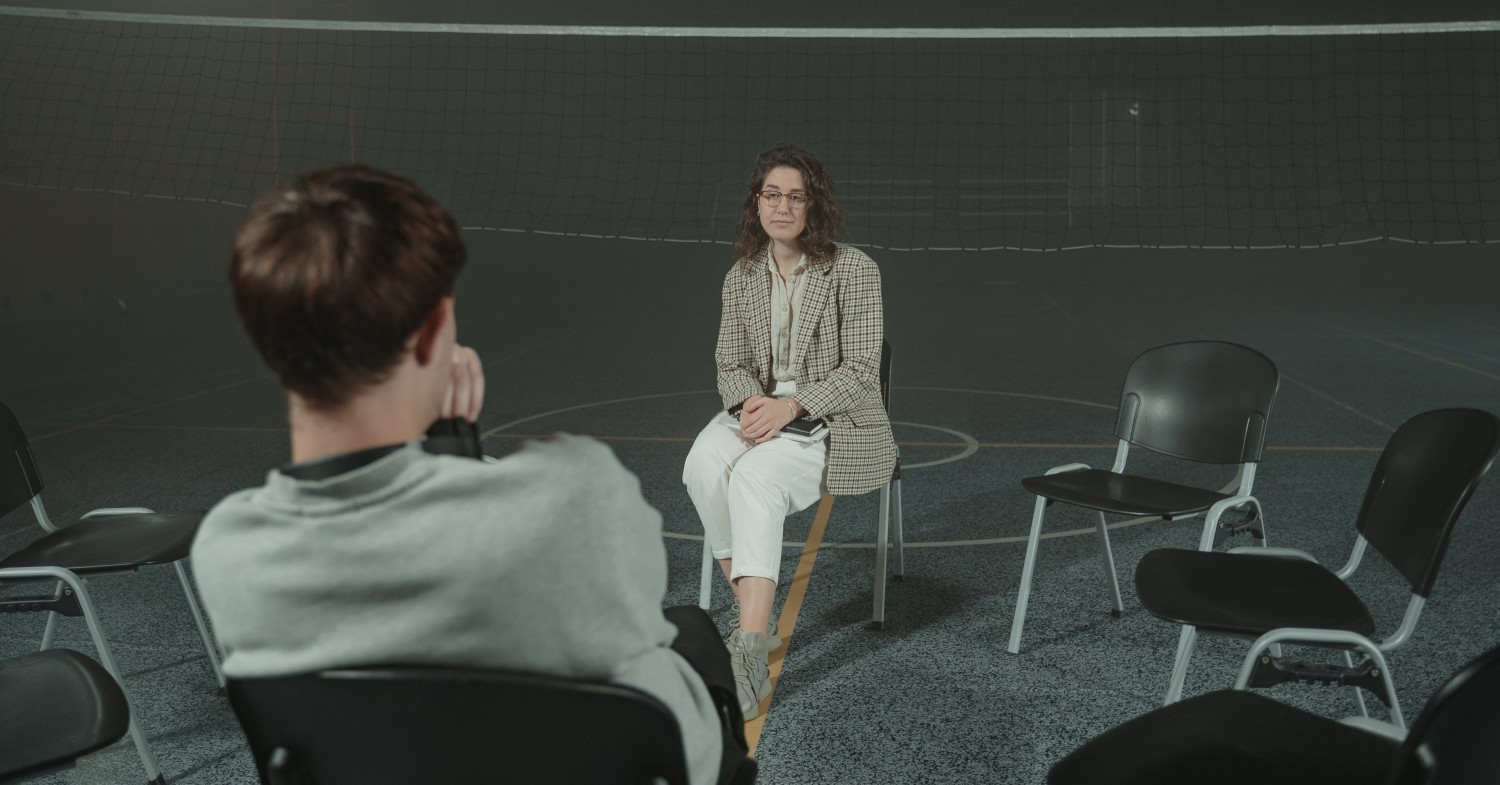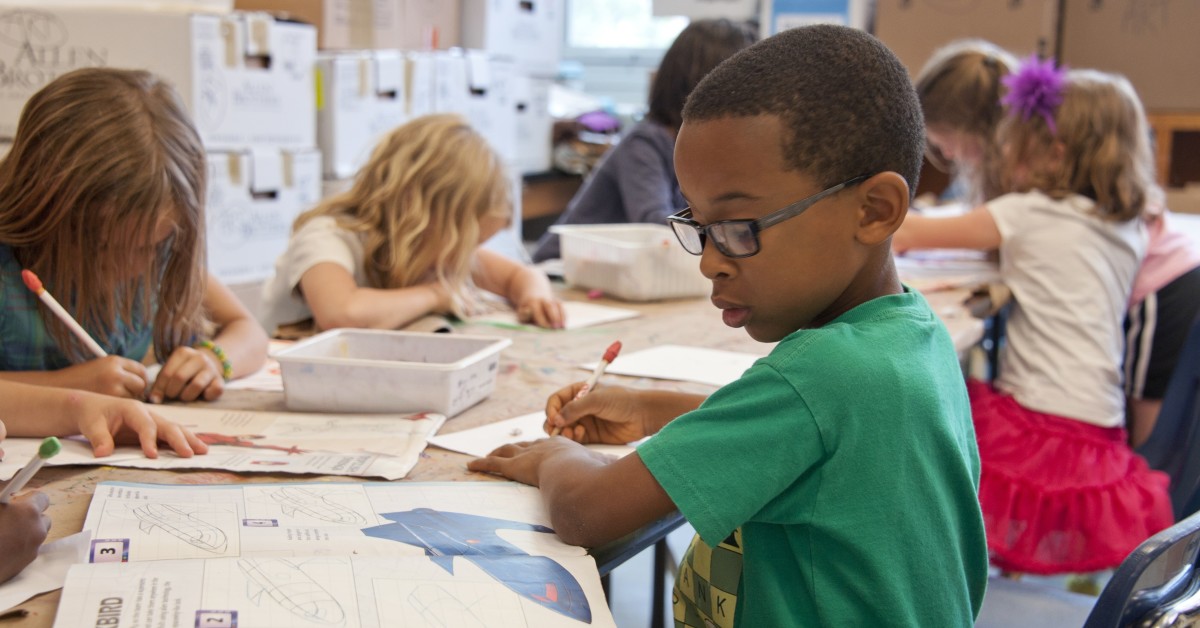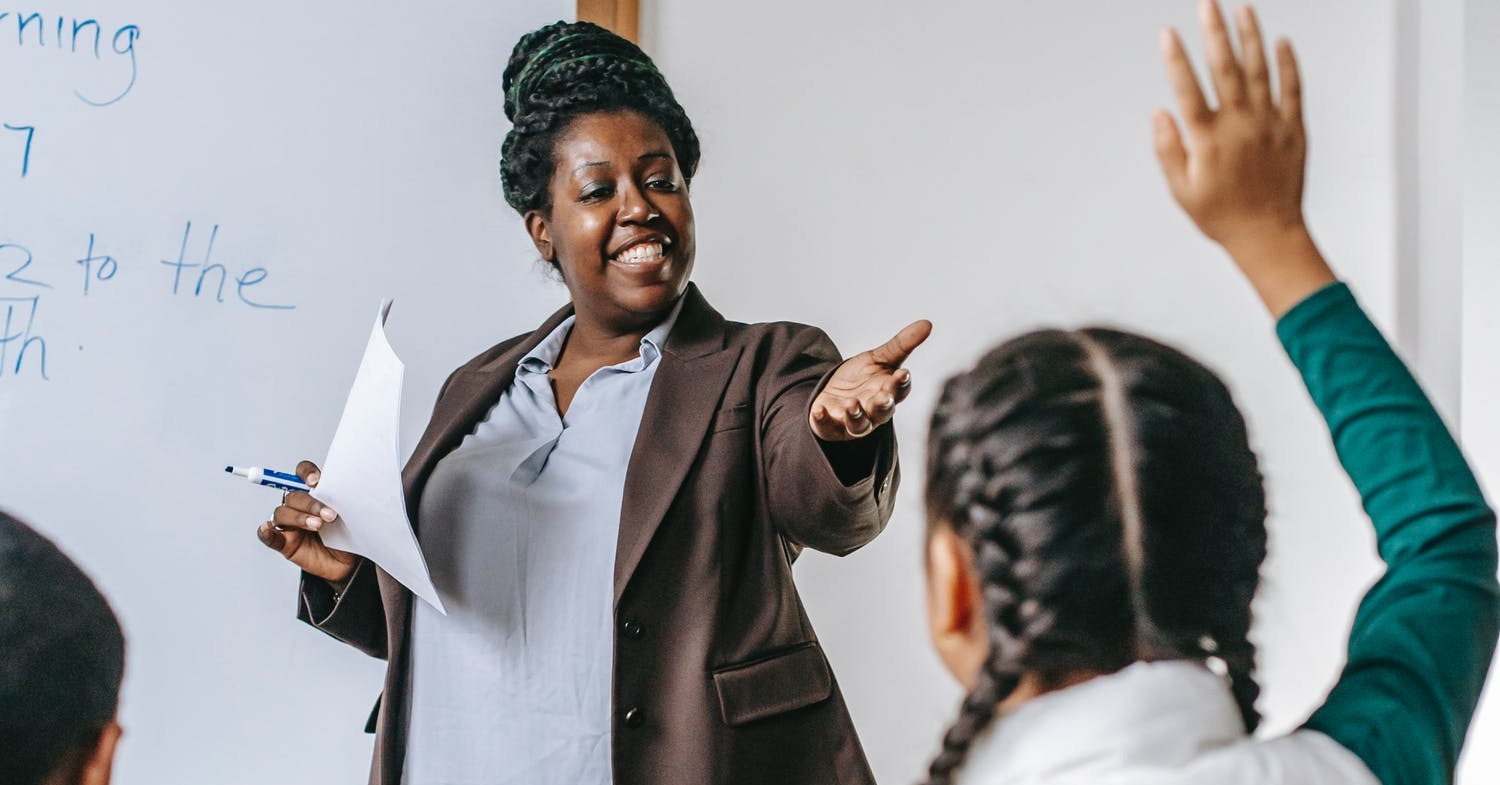
How Long Does It Take to Get a Doctor of Social Work Degree?
Many Doctor of Social Work (DSW) programs offer full-time, part-time, [...]

A question that routinely comes up when I discuss challenging behavior with educators is whether the needs of one disruptive student outweigh the needs of the rest of the students in the classroom. Friends, this is simply the wrong question to be asking. And it’s not just a matter of people not asking in the right way.
When it comes to problem students, I often hear educators say, “they are manipulative,” “they want what they want,” or “they know exactly what they are doing!” When we frame a student’s problem behavior like this, we are missing that there is an unresolved issue that they are trying to reconcile the only way they know how.
This question also assumes that the student exhibiting problem behavior needs something significantly different than the rest of the class. Only some minor tweaks to what you are already doing may be what is required.
So, what are those small changes that you can make that will benefit not only the disruptive student who has challenging behavior but the whole class? Here are some suggestions for special education teachers to try.
If I could send Marie Kondo to your room and help you assess which items spark joy, I would. My family “tidied up” our house a few years ago, and it was an unbelievably freeing experience. I was the kind of teacher that never wanted to throw anything away for fear that I might regret not using it with my students.
A cluttered classroom makes most adults uneasy; it is the same reality for your students—and especially for disruptive students. It wasn’t until I went through every piece of furniture, resource book, hands-on experiment, and classroom decoration and made some hard decisions about what I kept that my room looked and felt like a place I wanted to be.
| University and Program Name | Learn More |
|
Merrimack College:
Master of Education in Teacher Education
|
I once had a disruptive student who loved Peter Pan. He would quote lines from the classic Disney film regularly, and it wasn’t easy to pull him from his world of fighting Captin Hook and hanging with the Lost Boys. After verbal redirections and reprimands weren’t working, I decided to tape an image of Peter Pan on the collar of my shirt. When the student was distracted from the lesson or quoting movie lines, I pointed to the picture of the swashbuckling teenager, and his eyes lit up with glee.
I started using Peter Pan in my lesson examples and even put an image of Peter at the end of my classroom finger pointer. My point? Though small, this modification benefited one student and didn’t hurt anyone else. By getting to know the interests of your most disruptive students, you can begin to incorporate them into your daily instruction.
Most educators know that praise is an effective way to encourage problem students to exhibit good behavior. But to maximize the effects, there are few things to remember:
Let’s go back to the disruptive student in your classroom. You feel like they are sucking the life out of you, and you hardly get a chance to teach anymore because you spend all of your time managing behavior. Furthermore, the other students in the classroom are suffering because your attention oscillates between problem behavior and instruction.
Step back for a second and ask yourself what you think the “why” of their behavior is? What is the student getting out of it? “They want to control things.” “All they want is attention.” “They don’t want to do any work.” Honestly, these conjectures may have some truth to them.
Let’s reframe this problem behavior in a way that honors the student as a human being with unmet needs. Disruptive students don’t just wake up one day and decide that they are going to make their teachers’ lives miserable. There are often circumstances that hidden to us, and we must not forget that when we develop how to respond to students with challenging behavior.
Attention-seeking behavior is relationship-seeking behavior. Behavior that wants to control and manipulate usually means that the student feels that things are out of control. Escape related behavior is often a sign that the environment or instruction is too challenging to manage. Now ask yourself, what can I do to help meet the needs of this student and the other kids in the classroom?
Imagine your classroom full of students and pick out the ones that take up most of your time. How could you design your lessons around the students who are hardest to reach? If you can engage those students, you are making life easier not only on them but all of the other students who would be happy no matter what you did. The next time to plan a lesson, try preparing it with this in mind. You might find that the needs of one student were what you needed to reach all of your students.
Questions or feedback? Email editor@noodle.com

Many Doctor of Social Work (DSW) programs offer full-time, part-time, [...]

According to the US Bureau of Labor Statistics (BLS), the [...]

Want to be a school social worker? Here are the [...]

Inclusive education means that students with disabilities and children of [...]

Educational leadership programs aren't doctoral students' only option if they're [...]
Categorized as: Special Education, Education & Teaching